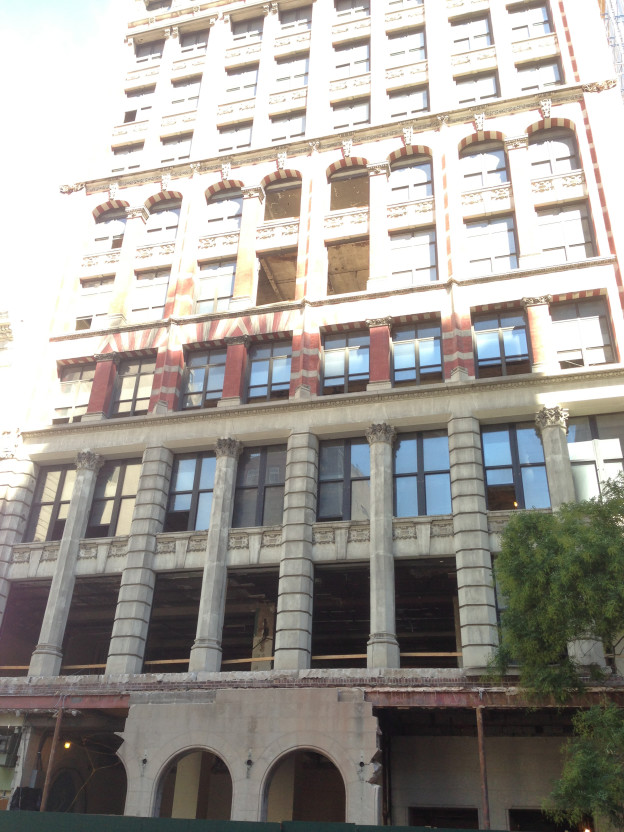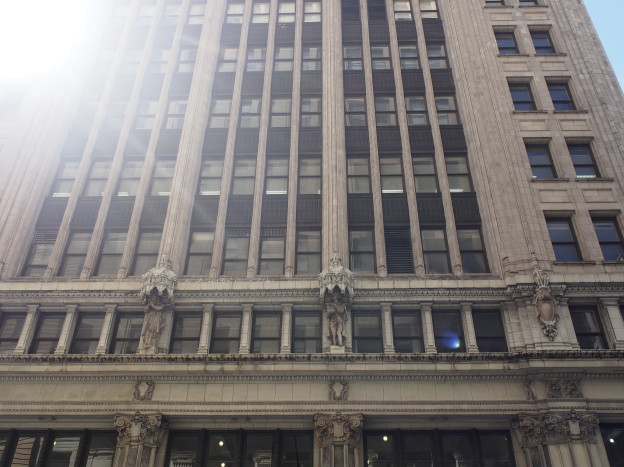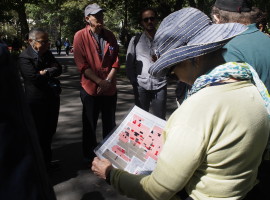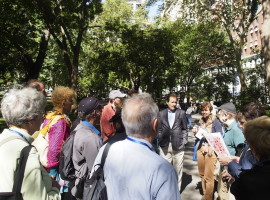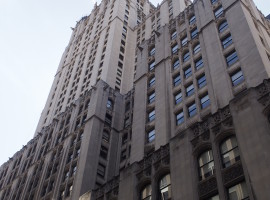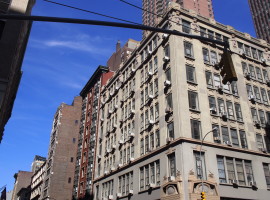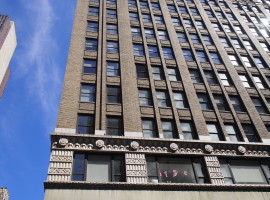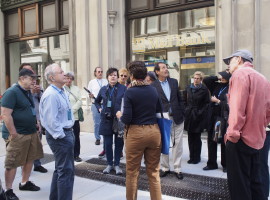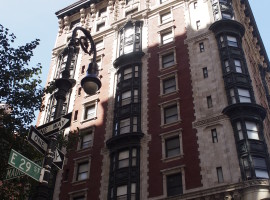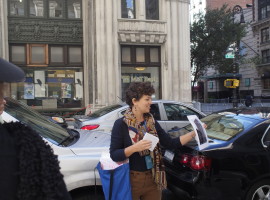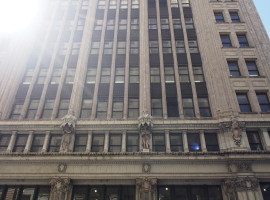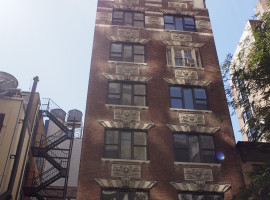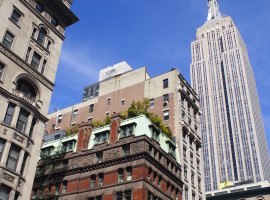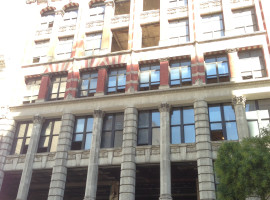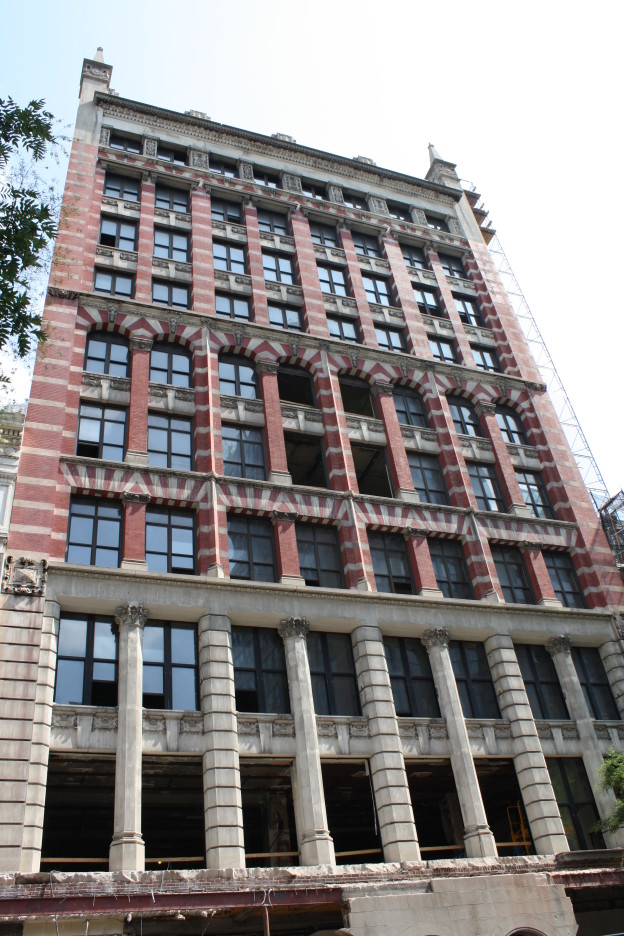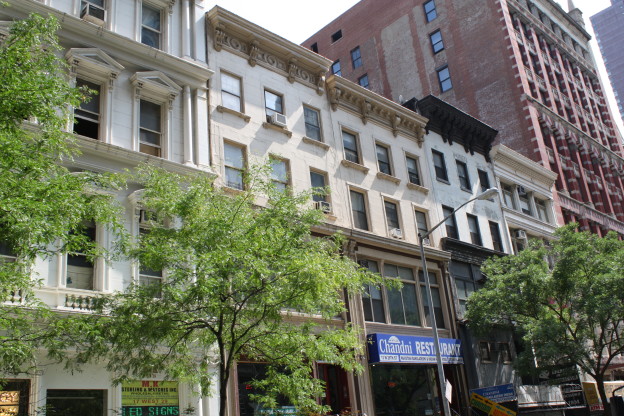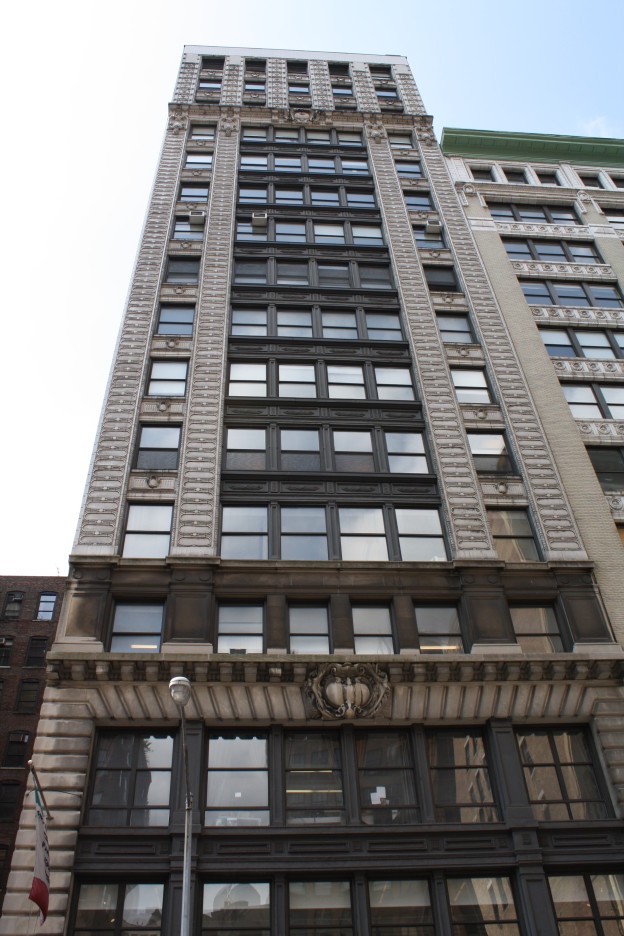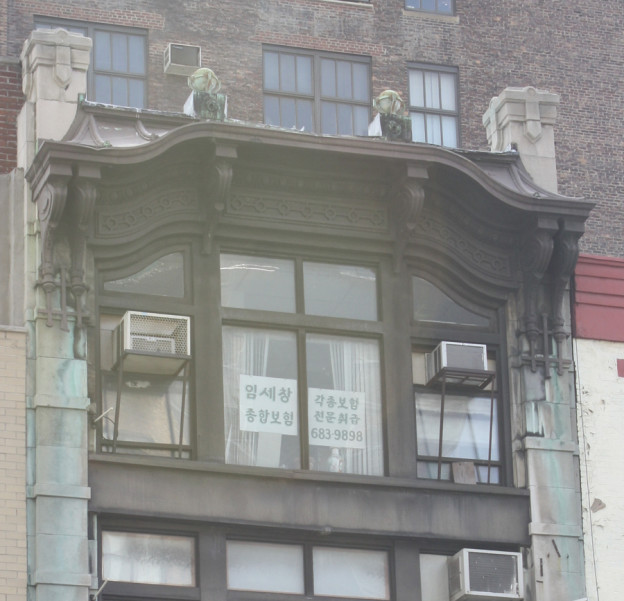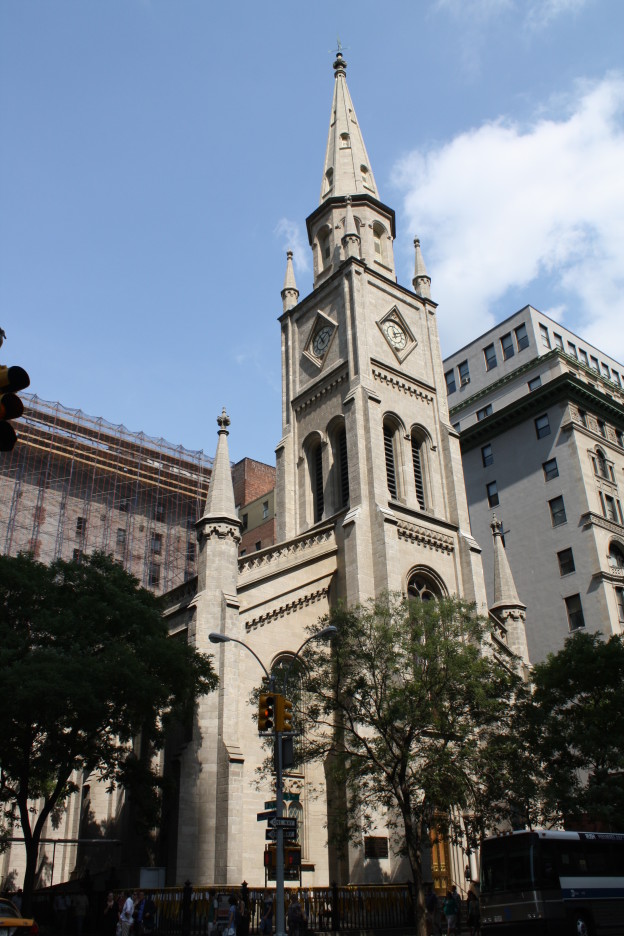Unlike other parts of Midtown, one can still experience the full flavor of this neighborhood’s evolution from a residential enclave into an entertainment district anchored by Madison Square Garden, and later to one of the nation’s most important mercantile centers before WWI. At this time, only a small portion of this area west and north of Madison Square is protected as a historic district.
To read more about the Madison Square North click here
Dear Friends and Neighbors,
The 29th Street Neighborhood Association-ISN urgently needs your help.
On Tuesday, March 31st, the Landmarks Committee of Community Board 5 (CB5) will hold a hearing on our proposal to expand the current North of Madison Square Historic District
WE URGENTLY NEED SUPPORTERS
TO FILL THE HEARING ROOM
We expect a lot of negative testimony from real estate developers. It’s critical that we demonstrate as much support as possible for our proposal, because if this Committee doesn’t vote to approve our proposal on Tuesday, and if their recommendation isn’t strong enough for the CB5 full board to vote to approve this on April 7, that’s it. It’s over.
Please come if you have any interest in the future of this neighborhood —we just need as many bodies in as many chairs as we can mobilize. It is REALLY critical that we pack the room with supporters Bring a friend (or several). The committee wants to see that there is support from the community to expand this historic district. The destruction of our neighborhood will continue to surround us if we can’t get this done.
Here is the info from CB5:
Landmarks Committee
TUESDAY, March 31, 2015 at 6:00 pm
LOCATION: Xavier High School,30 West 16th Street, 2nd Floor Library
Layla Law-Gisiko, Chair
Renee Cafaro, Vice Chair
Agenda:
- Presentation of the ongoing restoration at St. Patrick’s Cathedral
- Proposal for the expansion of the Madison Square North Historic District, down to 24th St and up to 34th St b/t 6th and Park Avenues
- 4 West 19th Street, application for façade renovations.
- 375 Park Avenue, The Four Seasons, application for restoration and alterations.
- 100 5th Avenue, Eddie Bauer, application for a proposed ADA compliant exterior ramp and two illumi
29SNA-MonthlyNews_09-2014 
To read the whole newsletter click here
c. 1857; altered: John B. Snook & Sons, 1900-01;
c. 1859; altered: John B. Snook & Sons, 1902;
c. 1859|
The Italianate rowhouses at numbers 11, 13 and 15 West 29th Street were all built for the same client, George Greer, in the mid-19th century. In 1900, numbers 13 and 15 were joined into one structure. Number 11, which was altered with stores and show windows in 1902, was the first home of the American Geographical Society. Number 9 was originally constructed as a rowhouse, but subsequently functioned as a clubhouse and meeting place for members of the Bar Association. The structure was altered with the present Renaissance Revival style cast-iron façade in 1900.
George F. Pelham;
1912|
This 16-story loft building was designed in the Renaissance Revival style, and stands out on the block for its richly ornate façade and intact storefront details. The first three floors of the building form its base, with a rusticated enframement, metal window articulation and a dentilled cornice with a large central cartouche at its crown. The ground floor storefront features a leaded glass transom surmounted by a cornice with rosettes and half-sunburst patterns. The upper stories are equally ornate, with four central metal bays and molded vertical piers of terra-cotta running up the length of the building. Another grand cornice with brackets and cartouches sits above the 13th floor.
Buchman & Fox;
1912-13|
Like Madison Square Park, Madison Avenue was named after James Madison, the fourth President of the United States. The Avenue begins at 23rd Street and extends to the Madison Avenue Bridge at 138th Street. When the Manhattan street grid was mandated in 1811, there was no avenue between Fourth (now Park) and Fifth Avenues. Madison Avenue was carved out in the 1840s due to the wide distance between Fourth and Fifth Avenues and in order to create more building lots with avenue frontage. This southern section of Madison Avenue is characterized by its fine assortment of large-scale hotels, lofts and office buildings.
The imposing store and loft building is clad entirely in terra-cotta, much like Cass Gilbert’s famed Woolworth Building, which was constructed at the same time. At 20 stories tall, it has a strong presence on Madison Avenue. The structure features Gothic Revival style ornament, with grand arches at the ground level and at the crown.
Oscar Lowinson;
1908-09|
Walking north on Sixth Avenue, a modest, but striking, commercial building stands out on its east side. 830 Sixth Avenue was originally a two-family dwelling, but was converted to lofts for light manufacturing and given a new façade in the Beaux-Arts/Art Nouveau style. Its noteworthy architectural features include an elegant entrance and curving cornice.
272 Fifth Ave;
Samuel Warner;
1851-54|
Marble Collegiate Church contains components of several architectural styles, resembling a Colonial wood frame church in its form, but with Gothic and Romanesque Revival style details. The symmetrical marble edifice, which gives the church its name, features an impressive central tower with a belfry, clock and octagonal spire, as well as Romanesque arches, molded cornices and octagonal turrets on its façades. Marble Collegiate Church was designated a New York City Landmark in 1967.
East of Madison on East 28th Street;
James Renwick, 1879; alterations: J. A. Moore, 1899 and 1918|
Like Madison Square Park, Madison Avenue was named after James Madison, the fourth President of the United States. The Avenue begins at 23rd Street and extends to the Madison Avenue Bridge at 138th Street. When the Manhattan street grid was mandated in 1811, there was no avenue between Fourth (now Park) and Fifth Avenues. Madison Avenue was carved out in the 1840s due to the wide distance between Fourth and Fifth Avenues and in order to create more building lots with avenue frontage. This southern section of Madison Avenue is characterized by its fine assortment of large-scale hotels, lofts and office buildings.
The St. Anthony Club, a Renaissance-inspired building that originally had a pyramidal roof that was removed when an extra one and a half stories were added in 1899. The red and yellow brick building was constructed for Columbia University’s Delta Psi fraternity and literary society, which occupied the building until 1912.


